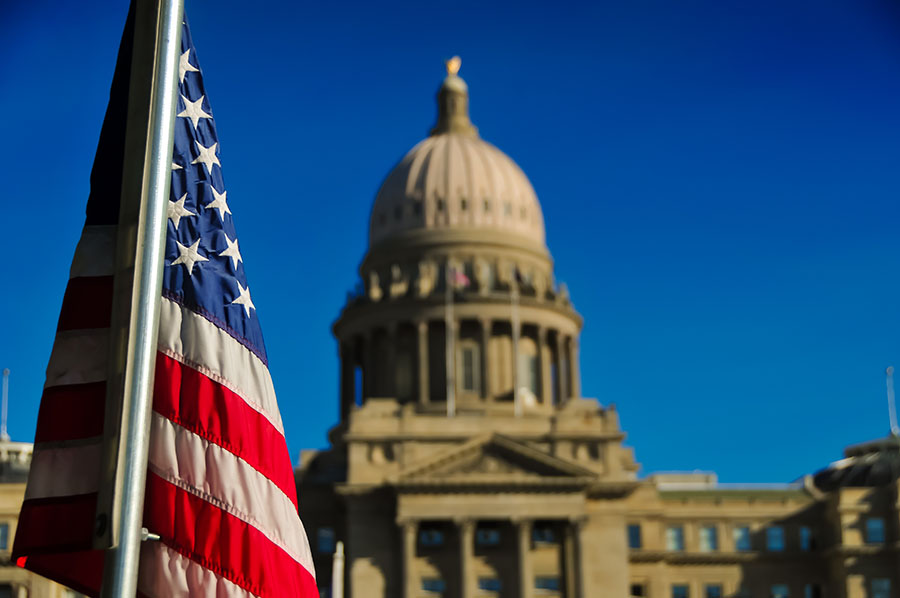City of Salem


Salem, Oregon’s State Capital and second largest city, has a population of 143,700 within a 363,000 metro area population and serves as the employment and retail center for surrounding communities.
Salem is in an ideal Oregon location, slightly over an hour’s drive from Portland, the coast and the Cascade Mountain Range. The area offers an exciting variety of entertainment and recreational opportunities, including historic homes of Oregon pioneers, world-class gardens, award-winning local wineries, cultural and arts venues, numerous festivals, and easy access to four state parks and two national wildlife refuges. Salem is a great environment for families and offers one of the finest children’s museums in the Pacific Northwest.
Salem was incorporated in 1857 and operates under the City Council/City Manager form of government, as established by City Charter. Eight City Council members are elected by ward and the Mayor is elected at large. Salem’s General Fund revenue comes primarily from property tax;
Salem, Oregon’s State Capital and second largest city, has a population of 143,700 within a 363,000 metro area population and serves as the employment and retail center for surrounding communities.
Salem is in an ideal Oregon location, slightly over an hour’s drive from Portland, the coast and the Cascade Mountain Range. The area offers an exciting variety of entertainment and recreational opportunities, including historic homes of Oregon pioneers, world-class gardens, award-winning local wineries, cultural and arts venues, numerous festivals, and easy access to four state parks and two national wildlife refuges. Salem is a great environment for families and offers one of the finest children’s museums in the Pacific Northwest.
Salem was incorporated in 1857 and operates under the City Council/City Manager form of government, as established by City Charter. Eight City Council members are elected by ward and the Mayor is elected at large. Salem’s General Fund revenue comes primarily from property tax;